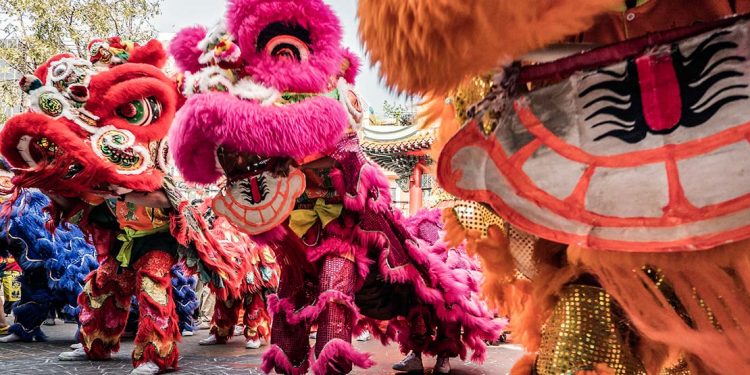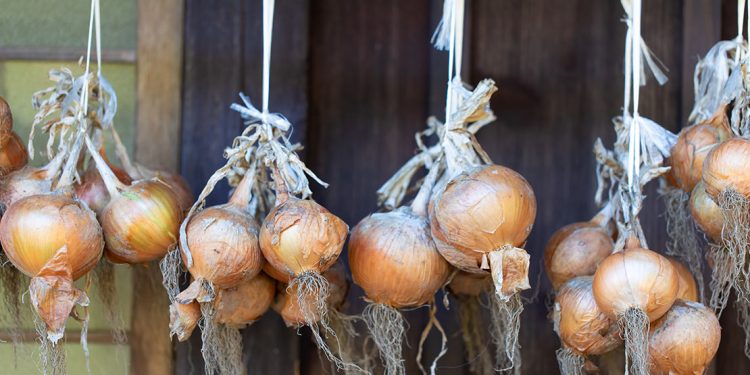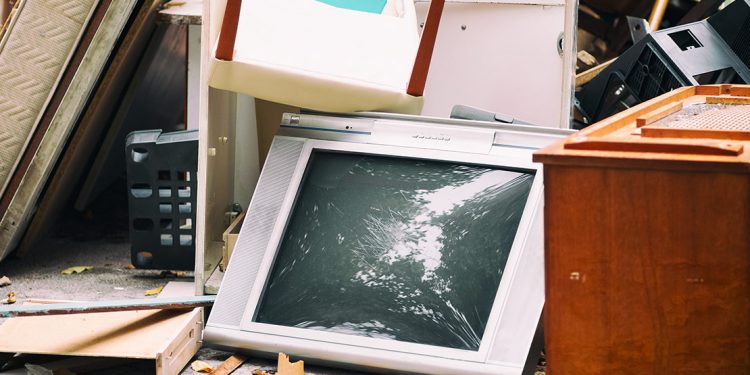Breaking Glass & Eating Grapes: 7 Unique Ways Other Cultures Celebrate the New Year
3, 2, 1… Happy New Year!
When the clock strikes midnight and the year changes over, the entire world celebrates.
From fireworks and parties to feasts and toasts to ancient rituals, there are so many ways to mark the New Year around the world. Each culture celebrates in a unique way, and New Year’s traditions are often associated with good luck and prosperity in the coming year.
Let’s take a look at how different countries around the world celebrate the New Year.
Spain
In Spain, the last night of the year is called Nocheveija — the “Old Night.” On this night, everyone gathers to watch the bell of the clock tower of the 18th century Real Case de Correos in Madrid.
The bells ring 12 times – one for each month of the year. As the bell is sounding, the tradition is to have a bowl of green grapes ready and to pop one in your mouth at each chime. If you can chew and swallow all 12 grapes by the end of the final bell, you’ll have good luck in the New Year.
Plus, tradition says that you should be wearing red underwear while you chomp the grapes. It’s even luckier if the red undergarments were given to you by someone else.

Burma
Burmese New Year, which takes place in mid-April, is celebrated with the Thingyan Water Festival. During this event, the streets of Yangon are filled with revelers spraying each other with water guns, throwing water balloons and running through sprinklers.
The festival is dedicated to Thagyamin, a Buddhist figure. The ritual of throwing water represents washing away the sins and bad luck of the previous year. It’s a chance to symbolically begin anew every year.
If you're considering Chinese New Year travel, we go over some of the best destinations where you can join in the festivities and what to expect.

China
New Year in China happens on a different date from the Western calendar, but Chinese celebrations are certainly spectacular. Families will gather together for New Year’s Eve dinner, a huge feast that traditionally features dumplings, which represent prosperity.
Also, it is traditional for Chinese families to clean their houses thoroughly a few days before New Year, because this helps to remove the old spirits and welcome the new. Another tradition is to give red envelopes with money in them to children. These small gifts are thought to keep the children healthy and give them a long life.
At the end of the Chinese New Year, the Spring Lantern Festival occurs. At this time, it’s traditional for a beautiful lantern display to be admired.

Denmark
In Denmark, the New Year’s tradition is to smash any old and unwanted glassware against the front doors of your friends and loved ones. It might sound a bit threatening, but it actually represents destroying the problems of the past year and starting fresh.
In fact, it’s considered a compliment to smash plates and glasses around the door of a friend or family member. The more smashed glassware, the more popular you are. So, if you wake up with a lot of broken glass on your doorstep on New Year’s Day, it’s a good thing.

Greece
In Greece, onions are an important symbol of the New Year. An onion is traditionally hung on the front door of a home on New Year’s Eve, as it symbolizes rebirth. This strange custom refers to the squill, which is a poisonous type of sea onion that grows in Crete.
A squill will continue to grow new flowers and leaves even when it has been uprooted. This is why it symbolizes rebirth, growth and the ability to bounce back from life’s hardships.
It’s also traditional for parents to wake up their children on New Year’s Day by tapping them on the head with the onion that was hung on the door. What a way to wake up!
Ancient dwellings and stunning landscapes await you in Turkey. This guide to Turkey tourism will help you discover it all while on your trip.

Brazil
One New Year’s Eve in Brazil, the locals will wear white and gather on the beach, so they can throw white flowers into the ocean. This ritual, usually featuring candles and music, is intended as an offering to Iemanja – the Afro-Brazilian pagan goddess of the sea.
Giving an offering to Iemanja is thought to bring prosperity for the New Year. (However – the goddess might reject your offer and let the tides return it back to you.)

South Africa
It used to be a tradition on New Year’s Eve in South Africa to throw old furniture out the window. It symbolized a brand new start – throwing away the problems of the old year and leaving them in the past.
However, this tradition got pretty dangerous as people were throwing old fridges, couches and other furniture out of the windows of tall buildings. It has been condemned as a very hazardous practice and it is not done as much anymore.








